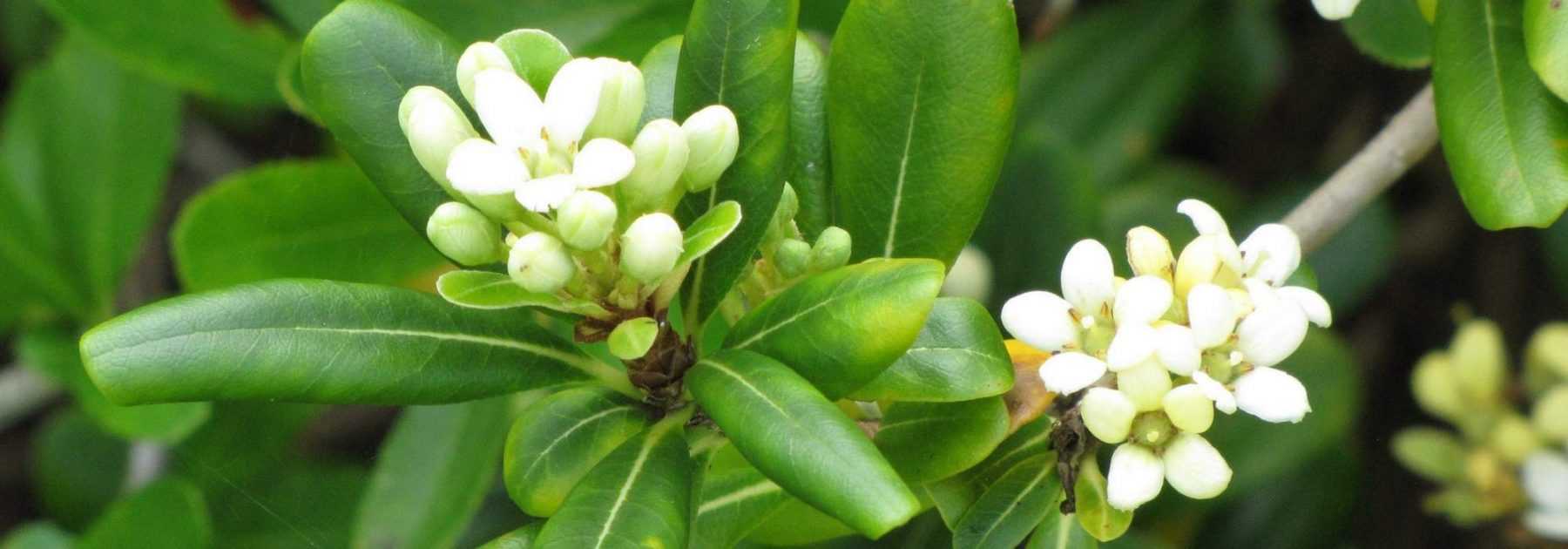
Pittosporum: Planting, Growing and Pruning
Contents
The Pittosporum in a few words
- Pittosporum is an evergreen shrub offering a beautiful diversity of foliage, either plain or variegated.
- Its bell-shaped flowers appear in spring.
- Its naturally compact and rounded habit makes it suitable for topiary.
- It’s an ideal shrub for coastal gardens or dry Mediterranean-style gardens.
- Pittosporum can be planted in hedges or flower beds. It can also be grown in containers.
Our expert's advice
The Pittosporum or Pittospore is an elegant shrub, somewhat tender, highly prized for its evergreen foliage that keeps it ornamental all year round. From the glossy green of a Pittosporum tobira, to the purple of a Pittosporum tenuifolium ‘Tom Thumb’, not to mention variegated, speckled, or golden varieties… It’s impossible not to fall under its spell!
Beyond the diversity of foliage, Pittosporums display a flowering composed of charming bell-shaped flowers in white, yellow, red, or even purple, depending on the variety. Their appearance in spring, usually in May, is accompanied by a strong orange blossom fragrance, particularly noticeable on warm nights.
All species and varieties of Pittosporum offer a harmonious, naturally rounded shape. It responds very well to pruning and can even be easily trained into topiary, to the point of rivalling traditional boxwood balls.

The variegated foliage of Pittosporum tenuifolium ‘Elisabeth’ is highly decorative.
In the garden, Pittosporum easily finds its place in regions with mild climates, particularly coastal areas where it tolerates sea spray. It is often planted in hedges, either alone or alongside other Mediterranean shrubs, such as oleander. It also structures flower beds and rockeries beautifully.
Its moderate hardiness is no obstacle to growing it in colder regions. Simply plant it in a pot, a cultivation method it tolerates very well, so it can be easily overwintered. It makes a lovely addition to a terrace or balcony from spring to autumn.
Easy to care for, Pittosporum is not fussy about soil type, though it prefers fairly fertile, well-drained soils. It thrives in sunny positions, sheltered from dry or cold winds. Once established, Pittosporum requires little maintenance, apart from a compost top-up in early spring. It tolerates pruning well, though it can do without. It naturally maintains a harmonious shape—further proof that it truly is the king of hedges in mild climates!
Description and botany
Botanical data
- Latin name Pittosporum
- Family Pittosporaceae
- Common name Pittosporum, Pittospore
- Flowering printanière
- Height 0,80 à 10 m
- Exposure soleil, mi-ombre
- Soil type drainé
- Hardiness -4 à -10°C
The Pittosporum genus, belonging to the Pittosporaceae family, comprises around 200 species mostly native to New Zealand, Australia and New Caledonia, such as Pittosporum tenuifolium. Pittosporum tobira, on the other hand, originates from Japan and China.
Pittosporums can reach up to 20m or more in their native regions. However, in our latitudes, cultivated varieties rarely exceed 3 to 4m. There are also dwarf varieties with compact growth habits, like Pittosporum tobira ‘Nanum’, ideal for forming low hedges. The naturally compact and rounded shape of Pittosporum also makes it easy to train into topiary, serving as an excellent alternative to boxwood.
The size and appearance of the foliage vary greatly depending on the species or variety. While some, like Pittosporum tenuifolium, have small, round, leathery leaves no more than 3 to 4cm long, others such as Pittosporum heterophyllum bear more elongated leaves that can reach 8cm in length.
The diversity of Pittosporum foliage doesn’t stop there, as they come in many colour variations. Varieties with glossy green leaves coexist with those bearing golden, purple or variegated foliage. Pittosporum tenuifolium ‘Elisabeth’, for example, is among the most remarkable, with its white-edged leaves that turn red as the seasons progress.
All species and varieties of Pittosporum flower in spring, between May and June. With white, yellow or even purple flowers, the diversity of their blooms rivals that of their foliage. Even the most discreet varieties emit a powerful fragrance reminiscent of orange blossoms. The flowering gives way to capsule-shaped fruits that burst open when ripe, revealing waxy red seeds. These seeds can easily be harvested for sowing in a cold frame.
Although not very hardy, it tolerates pruning very well and resists sea spray, making it an ideal shrub for coastal areas or dry Mediterranean-style gardens. In regions with harsh winters, particularly mountainous climates, opt for Pittosporum heterophyllum, one of the hardiest varieties, or choose container planting.
Pittosporums grown in containers can easily be overwintered in a bright, minimally heated room, such as a conservatory.
Species and varieties
The Pittosporum genus includes numerous species and cultivated varieties with different sizes, blooms and foliage.
The most common species are Pittosporum tenuifolium, with small, round, leathery leaves, and Pittosporum tobira with more elongated leaves. Some varieties feature foliage variegated with white or cream, as well as more unusual colours like purple.
The flowering, more or less discreet depending on the variety, occurs in spring and brings with it a delightful fragrance reminiscent of orange blossom. Here too, the colour diversity is great and the contrast with the foliage is most elegant.
Be mindful of hardiness, rarely exceeding -7°C. Most species and varieties need protection from frost, or even to be grown in pots in climates subject to heavy frosts.

Pittosporum tobira - Japanese Pittosporum
- Flowering time June
- Height at maturity 5 m

Pittosporum tenuifolium Irene Patterson - Kohuhu
- Flowering time June, July
- Height at maturity 1,50 m

Pittosporum tenuifolium Elisabeth - Kohuhu
- Flowering time June, July
- Height at maturity 2 m
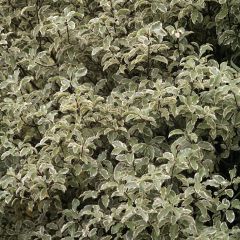
Pittosporum tenuifolium Variegatum - Kohuhu
- Flowering time June
- Height at maturity 2,50 m
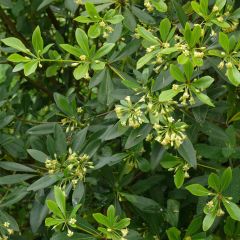
Pittosporum heterophyllum
- Flowering time June, July
- Height at maturity 2,50 m
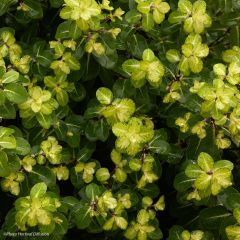
Pittosporum tenuifolium Abbotsbury Gold - Kohuhu
- Flowering time June, July
- Height at maturity 2,50 m
Discover other Pittosporum
Planting Pittosporum
Where to plant it?
Moderately hardy, the Pittosporum generally cannot withstand temperatures below 7°C. Planting in open ground is therefore best reserved for regions with mild winters, such as the Mediterranean or Atlantic coasts. Preferably, give it a warm, sunny spot. A partially shaded location is possible for certain varieties, like Pittosporum tenuifolium ‘Variegatum’, but the shrub will grow less vigorously and be less compact.
In mountainous regions (Pyrenees, Alps, Massif Central, Jura…), opt for a species with good hardiness, such as Pittosporum heterophyllum, and plant it in a sheltered spot, for example against a south-facing wall. You can also choose to grow it in a pot, to be brought indoors during winter.
While the Pittosporum is not very demanding regarding soil type, avoid overly chalky soils as well as heavy, moisture-retentive soils. This shrub indeed requires good soil drainage to thrive. It prefers dry soil over wet soil, and rather rich in organic matter.
Compact varieties, particularly Pittosporum tobira ‘Nanum’, can be grown in pots. This makes it possible to bring them indoors during winter in climates with severe frosts.
When to plant Pittosporum?
Preferably plant in spring, between March and April, or alternatively in autumn, between September and October.
How to plant it?
Once you’ve chosen your spot:
- Dig a hole 2 to 3 times the size of the root ball.
- Mix your garden soil with leaf compost and coarse sand in equal parts (50%).
- Position the Pittosporum in place, ensuring the root collar (junction between roots and stem) is level with the soil surface.
- Backfill with the mixture and firm down.
- Water immediately and generously.
- Mulch around the base to retain soil moisture.
- Water regularly afterwards to encourage establishment, once or twice a week.
For hedging, space Pittosporum plants about 1m apart.
For container planting, provide a substrate composed of equal parts garden soil, coarse sand and compost or potting mix. Improve drainage by placing a layer of gravel or clay pebbles at the bottom of the pot.
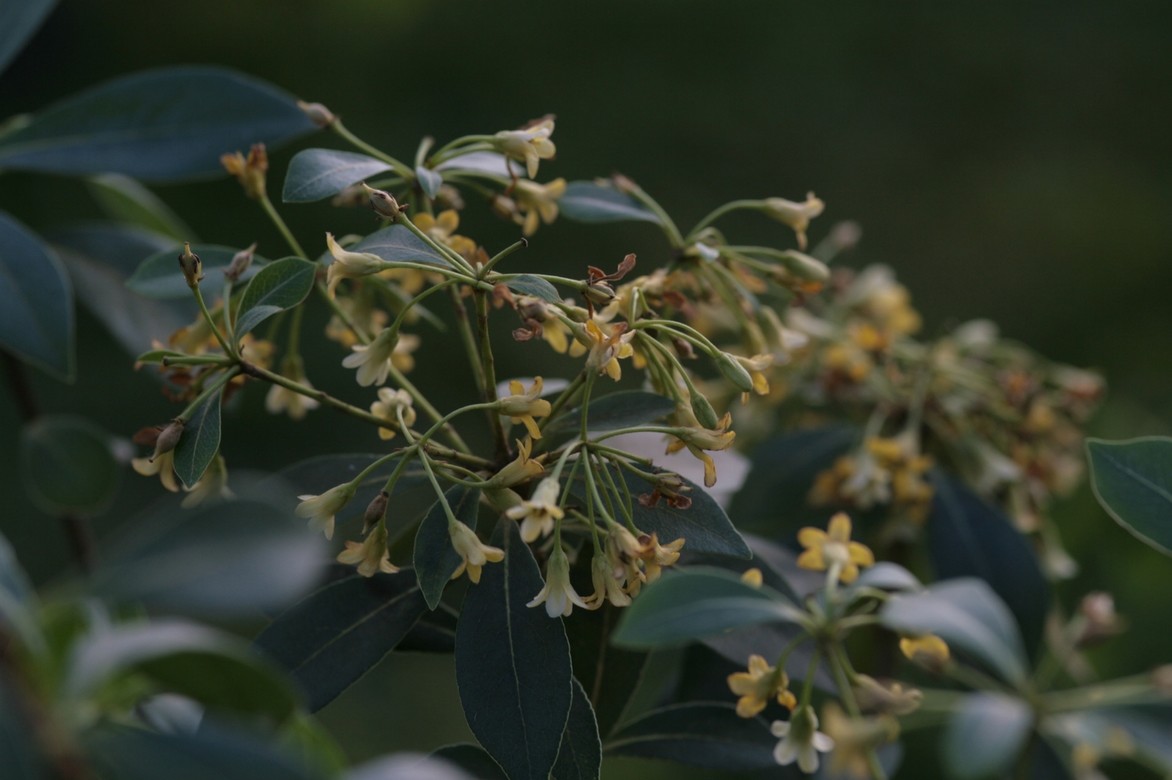

Delicate inflorescences of Pittosporum heterophyllum, with a fragrance reminiscent of orange blossom.
Maintenance
Pittosporum can tolerate dry soil. However, to ensure optimal growth, we recommend watering it once a week during the summer season.
This precaution is even more important for pot-grown specimens, as container cultivation increases substrate moisture evaporation. Also provide them with a monthly liquid fertiliser during the growing period (from March to September).
In autumn, mulch the base to protect your Pittosporum’s roots from frost. If exposed to cold winds, shield its foliage with winter protection fleece.
Potted specimens can be moved into a bright, frost-free space such as an unheated conservatory. Reduce watering to once a month to prevent the compost from drying out completely.
Add compost in autumn or winter to encourage beautiful spring flowering.
Size of Pittosporum
Pruning Pittosporum is not essential but helps maintain an airy and harmonious shape. It should be carried out in mid-summer (late July), after flowering has finished. Pruning in early spring is possible but will remove the flowers, so we do not recommend it if you wish to enjoy its sweet fragrance.
Trim the tips of the branches to even them out. Remove inward-growing branches as well as dead twigs. It can also be topiary-pruned.
In pots, growth is slower, so a light pruning to rebalance your Pittosporum’s shape when needed is sufficient.
Diseases and Pests
Pittosporum shows good resistance to diseases. However, it can fall victim to scale insect attacks, particularly in late spring or early autumn when the air is warm and humid.
These piercing-sucking insects feed on the plant’s sap, hindering its development. Their presence can lead to the formation of sooty mould on the leaves. This black deposit prevents photosynthesis, which also hampers the Pittosporum’s growth. Moreover, it is simply disastrous from an aesthetic standpoint.
For both prevention and treatment, we recommend avoiding pesticides in favour of natural methods. For example, spray a mixture of liquid black soap, methylated spirits and vegetable oil. Repeat the application every 8 days.
Be aware that there is no miracle treatment to guarantee complete eradication of scale insects. Constant vigilance is your best ally, along with good growing conditions.
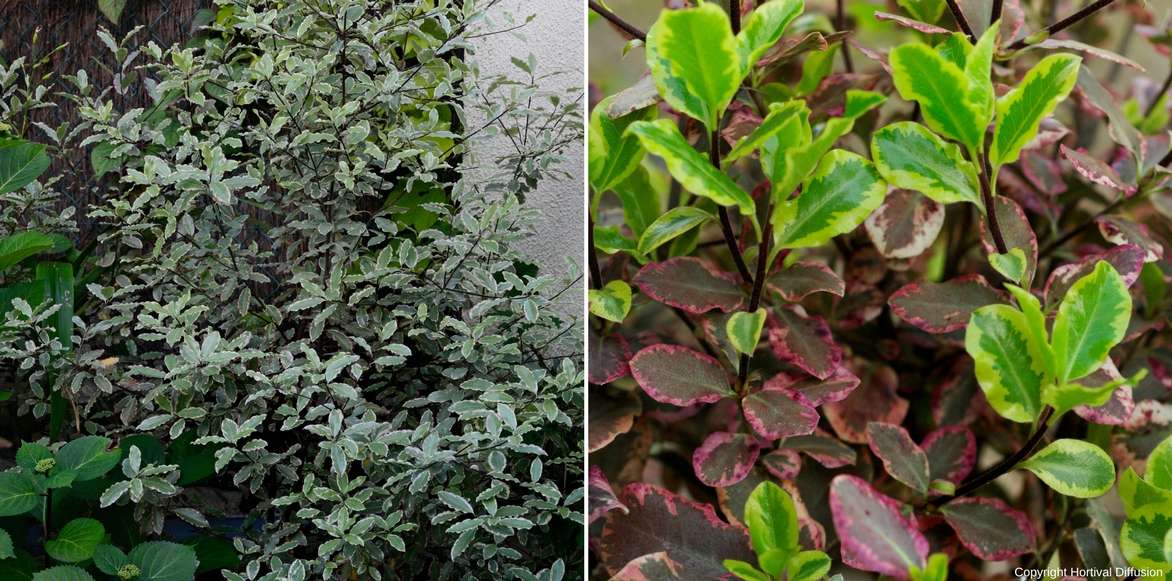

The variegated foliage of Pittosporum tenuifolium ‘Elisabeth’ changes colour throughout the seasons.
Propagation
Pittosporum can be easily propagated by cuttings or seeds. However, cuttings are preferable as they are quicker and easier to carry out, allowing you to reproduce your favourite variety exactly.
Sowing
Sowing Pittosporum seeds yields good results. However, you’ll need to be patient, as these shrubs grow quite slowly.
- Collect the seeds when mature, as the red capsules burst open in late autumn.
- Sow directly in a cold frame.
- Choose a bright location but avoid direct sunlight.
- Keep the soil slightly moist.
The first seedlings should appear within 30 to 60 days.
Cuttings
Pittosporum cuttings are best taken in summer, during July and August. The cuttings should be taken from semi-hardwood stems, meaning they are beginning to develop a woody texture but are still flexible.
- Cut stems around 15 cm long from the tips of semi-hardwood branches.
- Plant them in pots filled with a light substrate, such as seed compost. Moisten the soil.
- Cover the pots with clear plastic bottles or bags to create a humid environment.
- Transplant into new pots once new leaves appear (this may take several weeks).
- Keep the cuttings between 5°C and 10°C during winter.
- Plant them in their final position in autumn.
Associations
In mild climates, Pittosporum is well-suited for creating informal hedges. Don’t hesitate to play with colours by combining the vibrant green of Chinese Orange Blossom (Pittosporum heterophyllum) with the golden foliage of Pittosporum tenuifolium ‘Abbotsbury Gold’. Pittosporum can also be mixed with other Mediterranean shrubs like oleanders or elaeagnus. Ensure you space plants about one metre apart to allow them to flourish.


An informal hedge idea for mild climates: Nerium oleander / Pittosporum heterophyllum / Eleagnus ebbingei / Pittosporum tenuifolium ‘Abbostbury Gold’.
Use smaller varieties, such as Pittosporum tobira ‘Nanum’, to perfume your pathways with their delicate fragrance. Pair them with other aromatic plants (lavender, rosemary…) to enhance the olfactory experience or with other low hedge shrubs like abelias. They also add structure to rock gardens or can be grown in pots to adorn patios or balconies. Their compact growth makes them easy to shape into topiaries. In fact, Pittosporum makes an excellent substitute for boxwood.
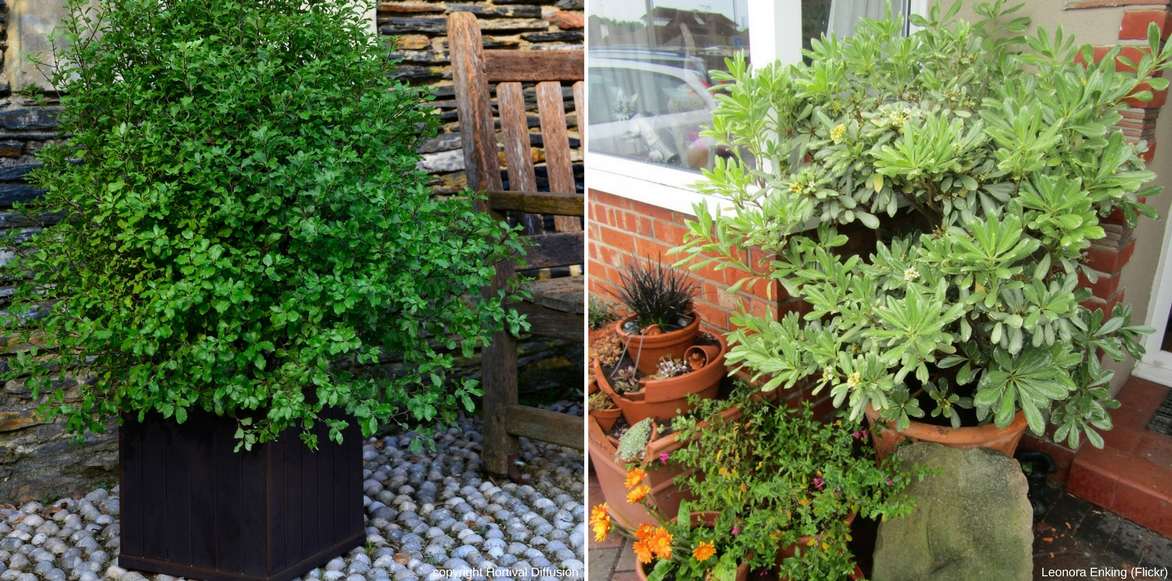

Pittosporum thrives in containers: Pittosporum tenuifolium ‘Emerald Gold’ / Pittosporum tobira ‘Variegata’.
If you’re looking for a plant that can become a true focal point in your Mediterranean garden, don’t hesitate to choose Pittosporum tenuifolium ‘Irene Patterson’. Its silver-speckled foliage offers year-round interest, particularly striking in spring when purple flowers appear, and equally delightful in winter when the leaves take on a soft pink hue.
Lastly, Pittosporum is an ideal shrub for structuring flower beds or providing a dense, elegant backdrop. For a natural effect, vary the shapes, growth habits and heights, and avoid planting in straight lines—opt for staggered arrangements instead.
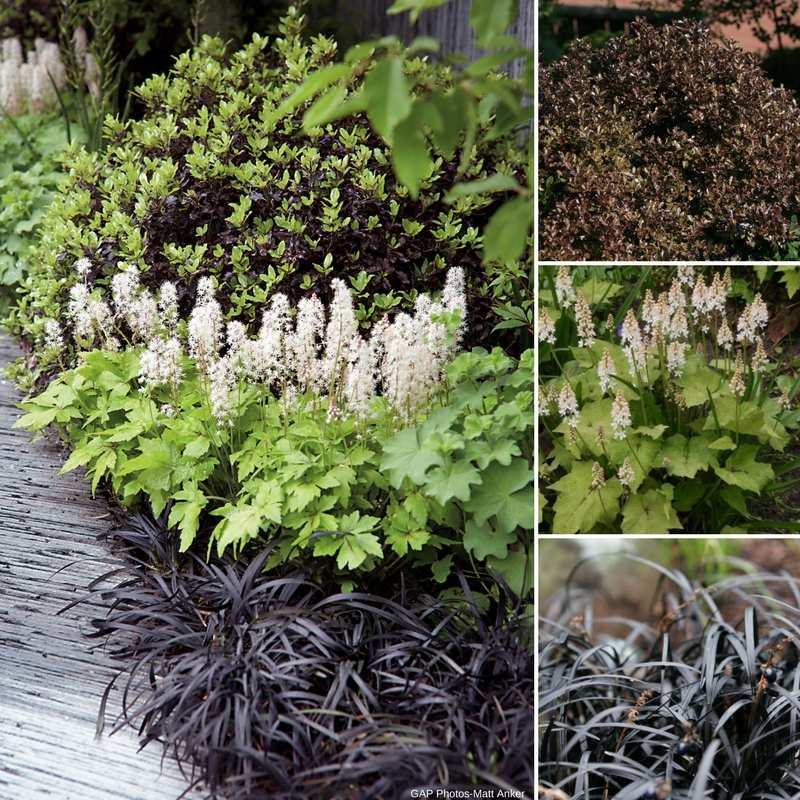

An example of contrasting combinations in a flower bed: Pittosporum tenuifolium ‘Tom Thumb’ / Tiarella cordifolia / Ophiopogon planiscarpus ‘Nigrescens’.
→ Also worth reading: Pittosporum: 5 Successful Planting Combinations
Useful resources
Discover our wide range of Pittosporum! Learn how to effectively combat scale insects. All of Pascal’s tips for a beautiful flowering hedge: which shrubs to plant, when and how? Advice sheet: Choosing the right Pittosporum Tutorial: How to take cuttings from pittosporum?Frequently asked questions
-
The leaves of my potted Pittosporum are turning yellow, what should I do?
Overwatering may be the cause - space out watering and check the substrate drainage. Adding organic fertiliser in spring is also recommended. Shrubs grown in containers are more demanding than those planted in the ground!
-
The leaves of my Pittosporum appear to be covered in resin, why is this?
This is likely honeydew secreted by scale insects. To try to eradicate them, spray a natural mixture made of liquid black soap, methylated spirits and vegetable oil. Repeat the spraying every 8 days until the scale insects disappear.
- Subscribe!
- Contents


































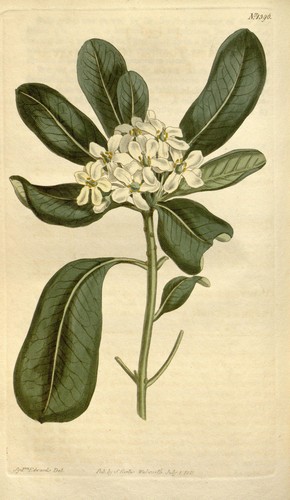



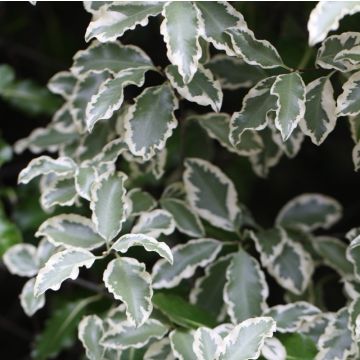
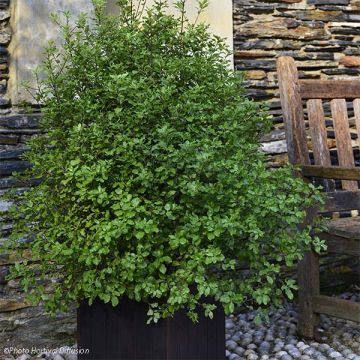

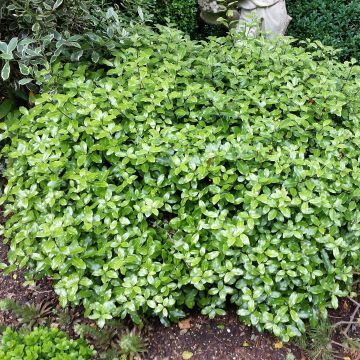
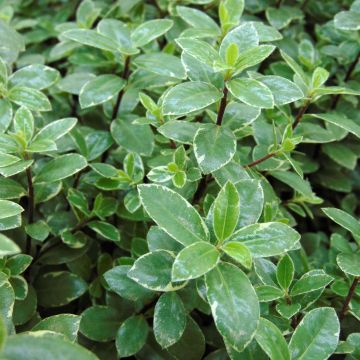
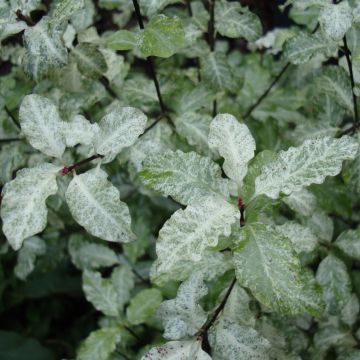
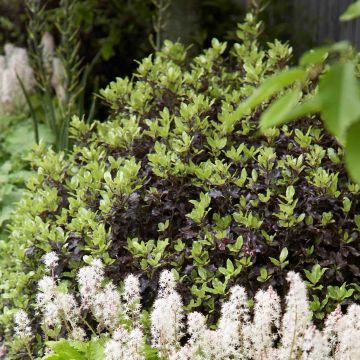
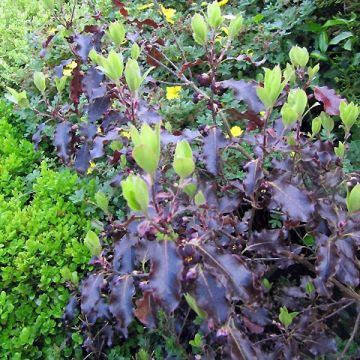
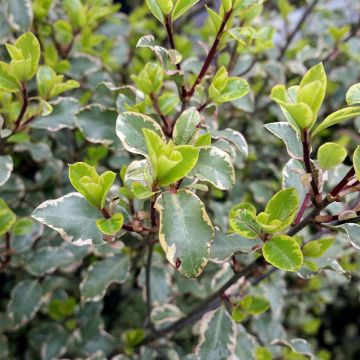



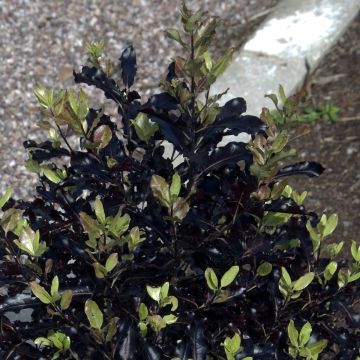

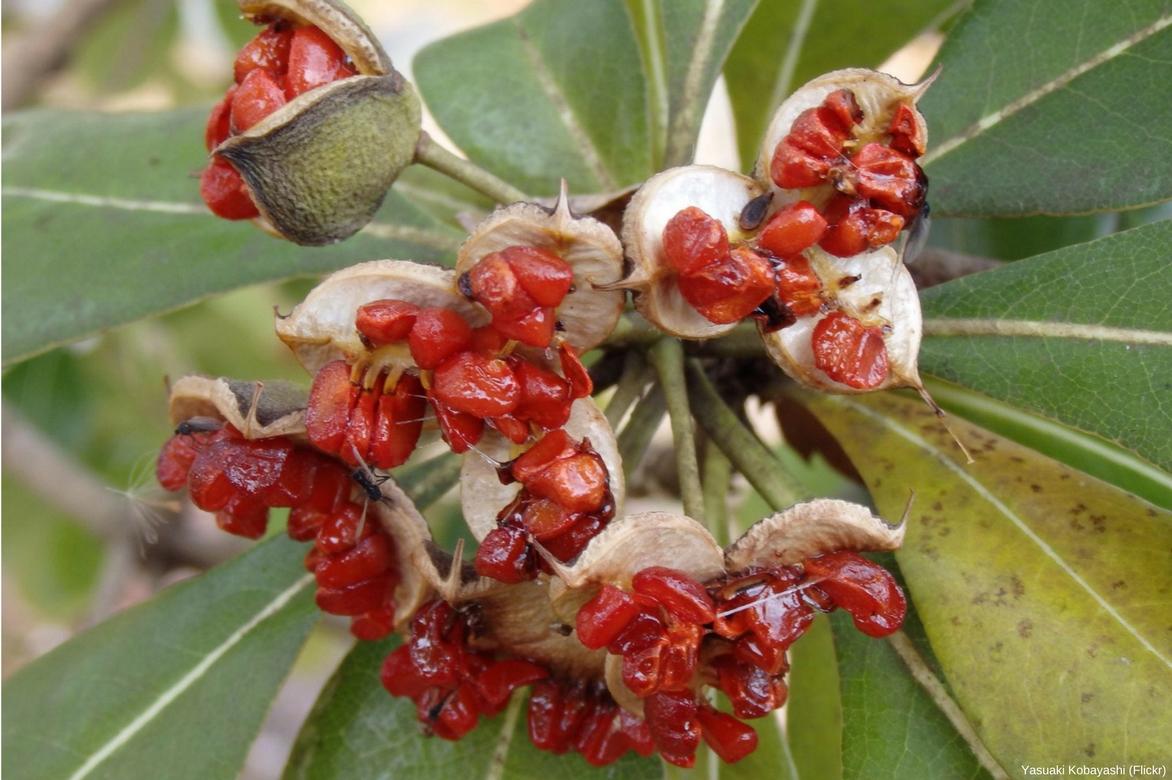
Comments